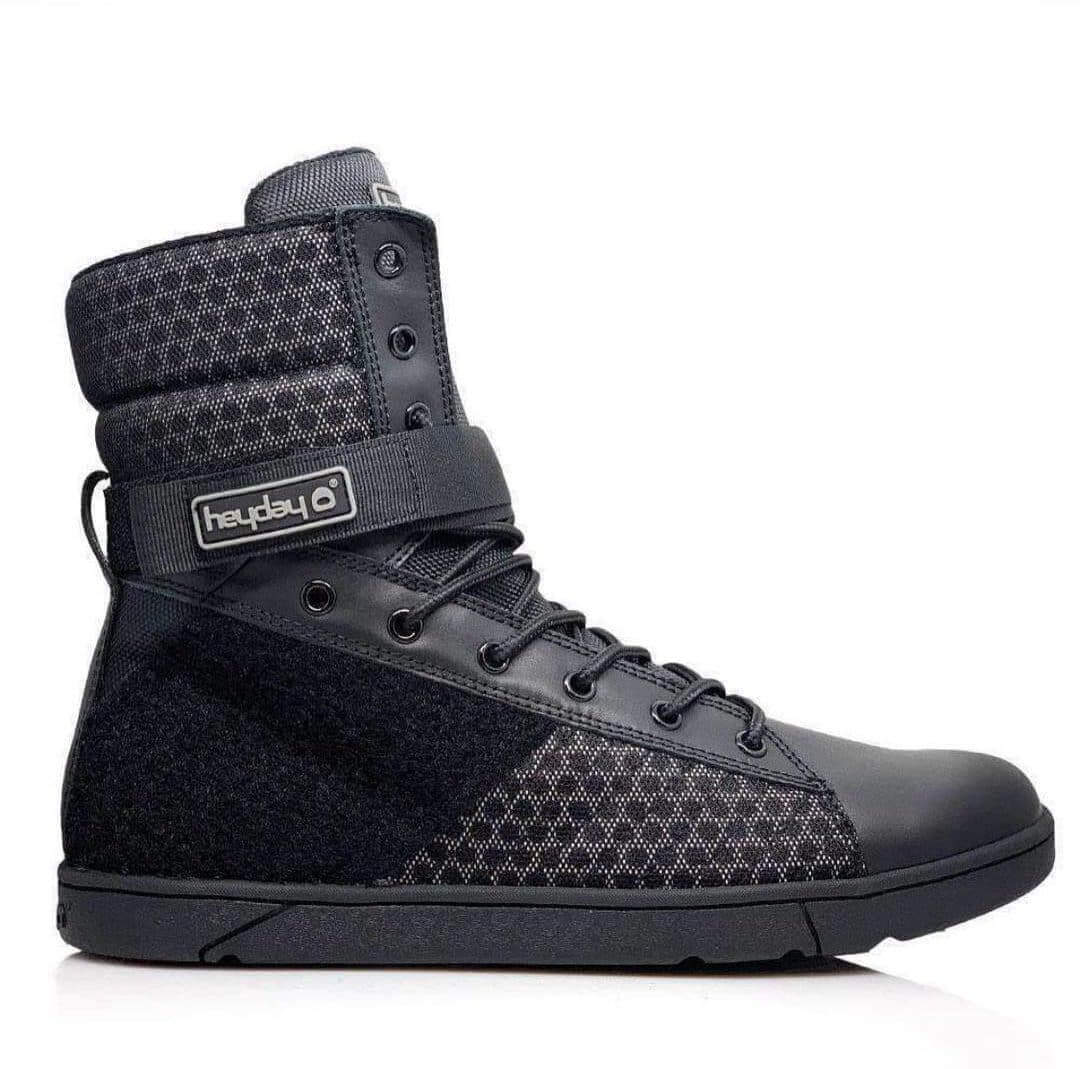![]()
Use the source link to click through, but be prepared because the post is long. It’s also one of the most well written posts I’ve seen utlizing the creation story for a brand you probably haven’t heard of. What’s more interesting is that the article was written to show the advantages of a platform that I typically don’t promote, Shopify. Let me go backwards for a second.
Darin Hager is a fellow Dago native (I don’t live in San Diego anymore, but that’s where my heart is). Since 2008 he has been building his Heyday brand footwear and going through all of the ups and downs of launching. I know this struggle all to well and while I have never sat down to write a book about the problems that arise in creating a small business, I document it here on the site.
We can excuse Darin for the angle on this deadlift, it’s all about the kicks.
At least once a day I get an inbox from someone asking about either starting a sneaker company or a sneaker store. I’ve always thought about creating a post that covers what I think about it, but I never got to it. While the post on Judge.me is promoting the use of Shopify it isn’t written like an ad or something trying to convince you to use the service. The story that Ryan and Darin deliver is the foundation of a book on sneaker industry start ups. In each section we learn a bit more about Darin’s struggle from wholesale to direct-to-consumer. We learn about the missteps and it’s not sugarcoated or pretty. At one point Darin delivers this info:
Luckily, the web designer who’d made several versions of Heyday Footwear’s site already had since moved out to San Diego to start his own agency. And they’d recently developed an online shopping cart product. Darin became their first customer.
“I was the first store on it,” Darin told me, “so I had lots of attention from them as they were figuring everything out. And then a year or two went by and, you know, they were adding more and more stores and my special status as the guinea pig store started to disappear.”
Darin admits that he was a bit of a demanding customer. After all, this shopping cart platform was a far cry from the ease of Shopify.
“If I wanted to change a photo or text, add a product, or do anything at all, I had to email them and ask them to do it,” said Darin. “And I’m sure they probably got tired of doing it.”
One of the most frustrating parts of launching a brand is deciding what platform to utilize for ecommerce. Darin’s story on becoming less important to his web designer is the stuff of nightmares. I’ve ran into countless people who overpay for website design services when they haven’t sold anything. It’s a daunting task that is both frustrating and reality. While the post does highlight the ease in which Heyday transitioned to Shopify, it also inspires. I’m sharing the story here because I’ve been looking for that one post which can answer a lot of questions about the creation of a brand. This is that post and I hope you take the time to read through.


